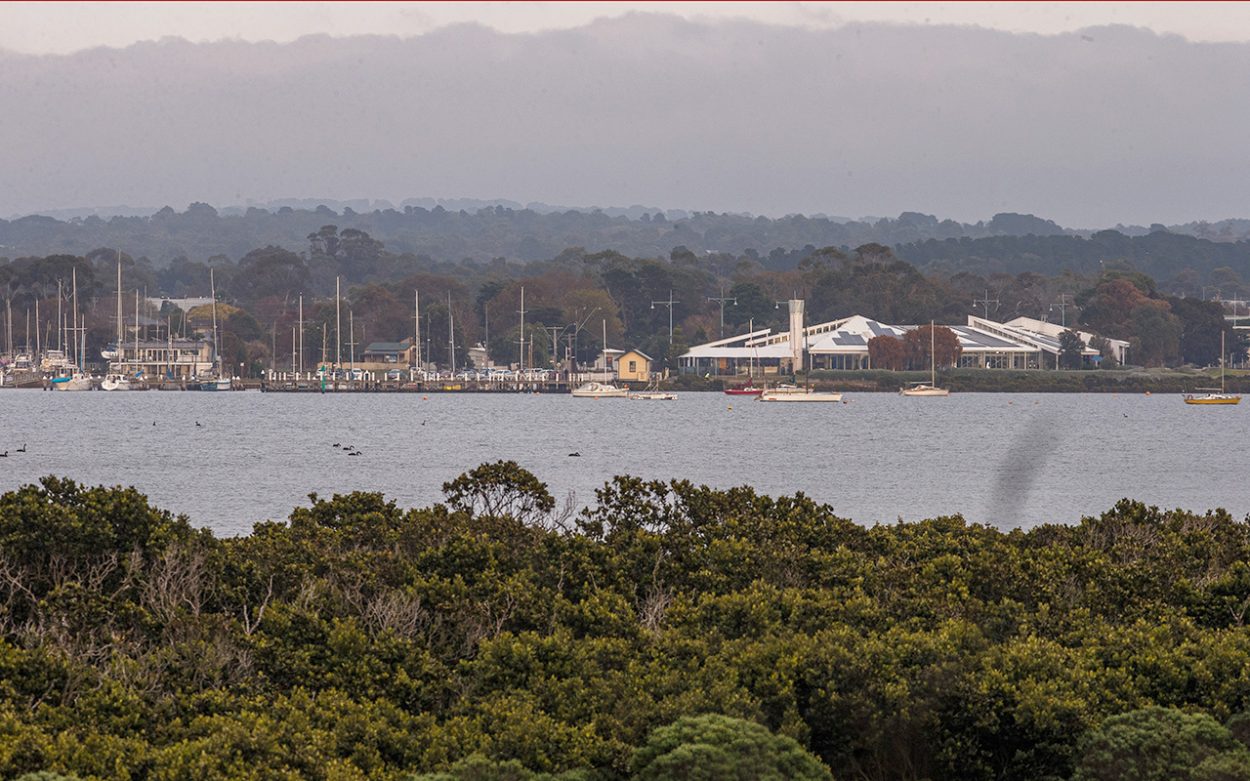REACTION has been mixed to news that studies will resume into the environmental effects on Western Port of a terminal to assemble offshore wind turbines near Hastings. Business lobby group the Committee for Frankston and Mornington Peninsula “welcomes the news” while the Save Westernport group has said the Port of Hastings Corporation will need to prove “that all environmental impacts can be managed”.
Plans for the terminal to assemble and ship wind terminals offshore to Gippsland were put on hold in January when federal Environment Minister Tanya Plibersek’s rejected the project for having “unacceptable and unmitigable risks to the Ramsar Wetlands of Western Port” (Federal veto a blow to terminal plans, The News 10/1/24). However, the Port of Hastings Corporation has announced that work on the Environment Effects Statement (EES) process for the Victorian Renewable Energy Terminal is “progressing” and that it “will develop the terminal project in consultation with Traditional Owners, local communities and industry”. The port authority said the “comprehensive assessments … [would] recognise the important environmental, heritage and community values of Western Port”. The resumption of the environmental studies has been confirmed by the state Ports Minister Melissa Horne and the Energy and Resources Minister Lily D’Ambrosio.
The Committee for Frankston and Mornington Peninsula issued a news release saying the state budget included $17 million to continue planning and designing the renewable energy terminal at Hastings. It sees the assembly terminal as a “crucial part” of Victoria’s offshore wind industry and in May called for the EES process to continue following the awarding of feasibility licenses by the federal government off Gippsland. Mornington Peninsula Shire Council, which will also decide on the wind terminal application, is a community partner of the committee but does not have a representative on its board.
The proposed terminal is earmarked for 25-hectares on what is known as the Old Tyabb Reclamation Area between Esso’s Long Island Point jetty and the BlueScope Steel wharves. “The Port of Hastings has many attributes which make it an ideal location for an offshore wind assembly port, including large areas of appropriately zoned land close to deep water channels and proximity to proposed offshore wind farms off the Gippsland and southern ocean region coasts,” the Hastings port corporation said.
Save Westernport says while the project is central to the state government achieving its emissions reduction targets (75-80 per cent by 2035 and net-zero by 2050) they must not come at the expense of Western Port’s “critical biodiversity and precious internationally recognised Ramsar wetlands”. “Like many people, we assumed the federal decision would override the state’s plans for Western Port, but in this case it seems the Victorian government is free to take a second bite of the cherry,” the group’s president Jane Carnegie said. “We have made it clear to the port that as they prepare their EES, we’ll be watching every step of the way … the bar will be very, very high.”
Carnegie said the project would have to be “substantially revised … including the large areas of capital dredging and land reclamation initially proposed in the application”. “And this must be the only project under consideration in the Port of Hastings. Without doubt, Western Port has no capacity for the enormous, environmentally disastrous ‘zombie’ HESC coal to hydrogen project: … [and] we call on the Victorian government to reject that exploitative carbon-intensive project once and for all” (MPs under pressure over hydrogen, The News 13/11/23).
Add A Comment




